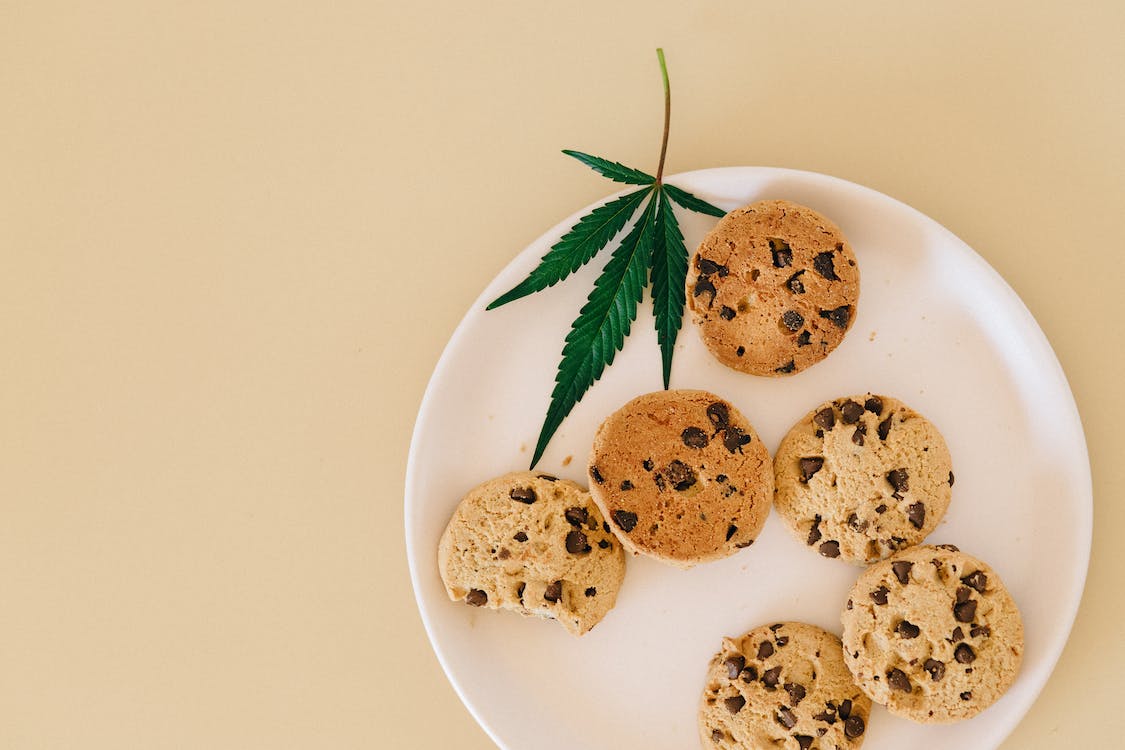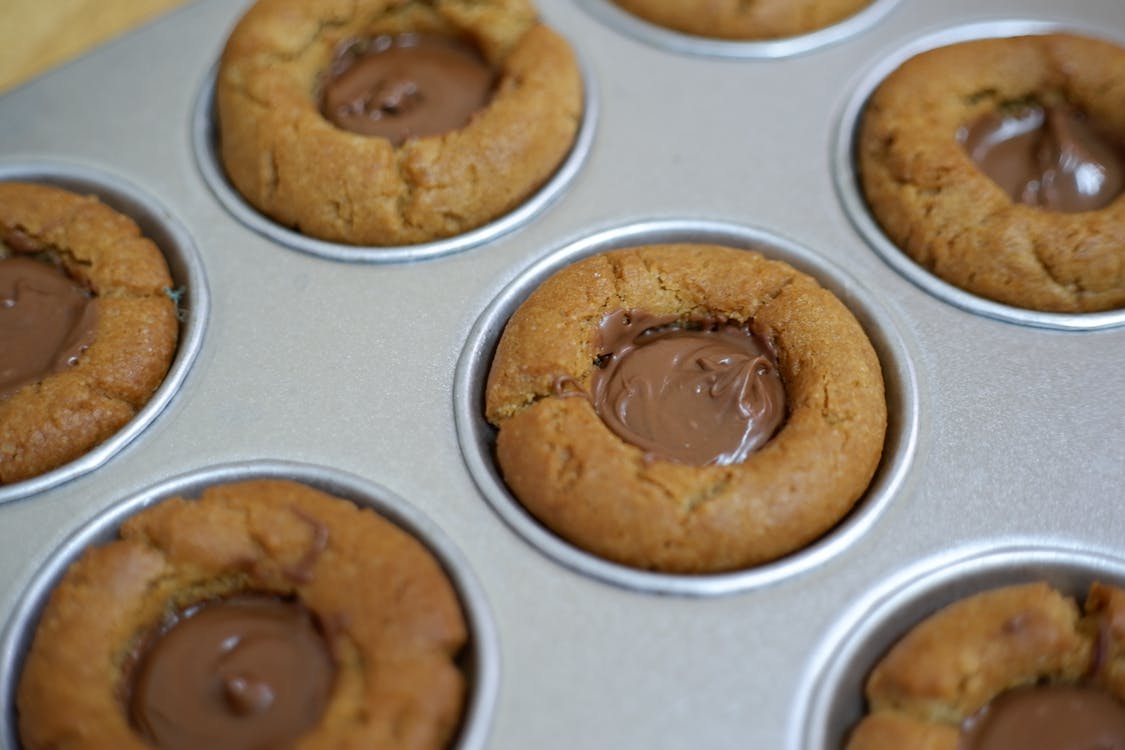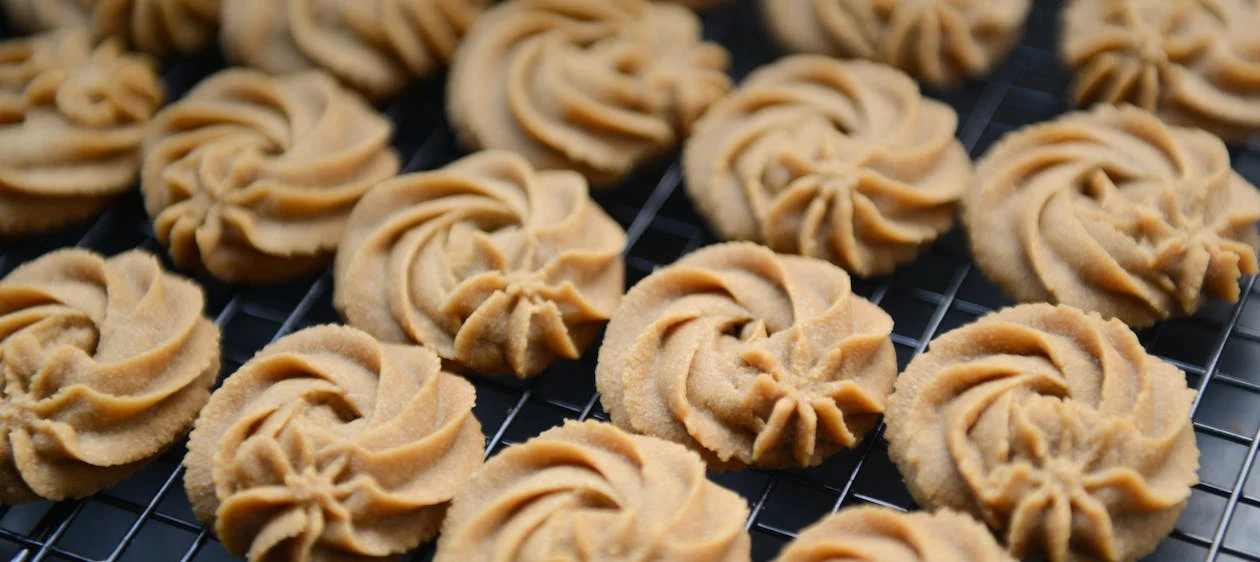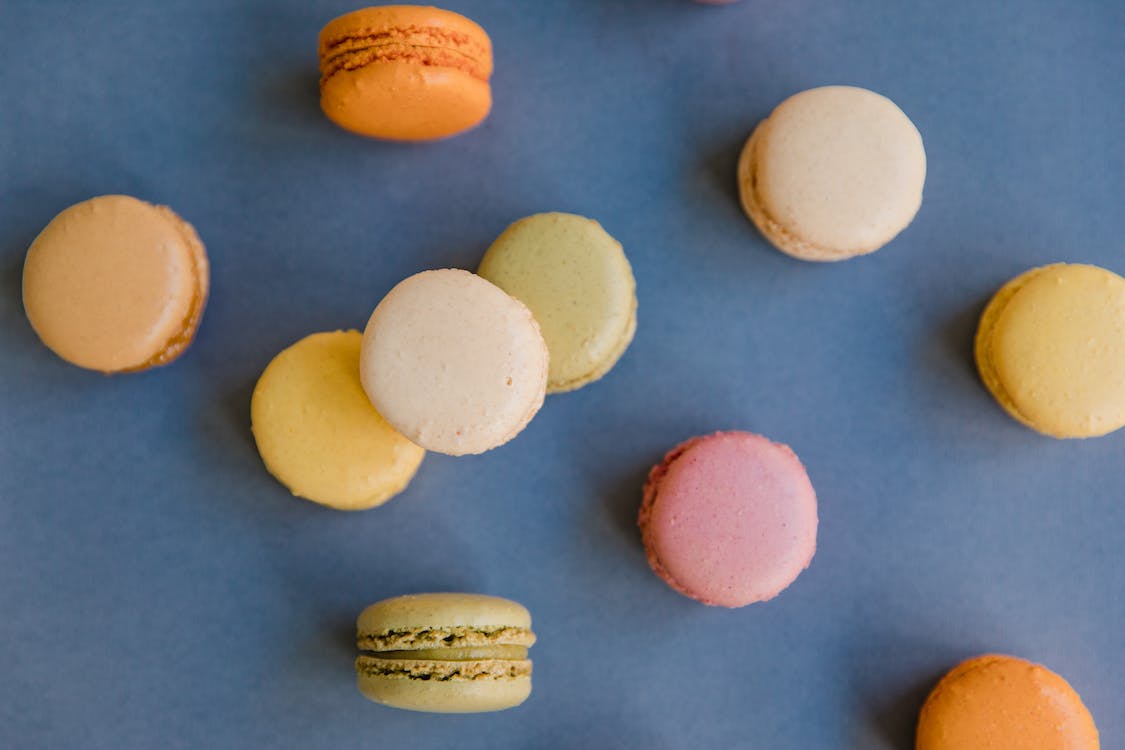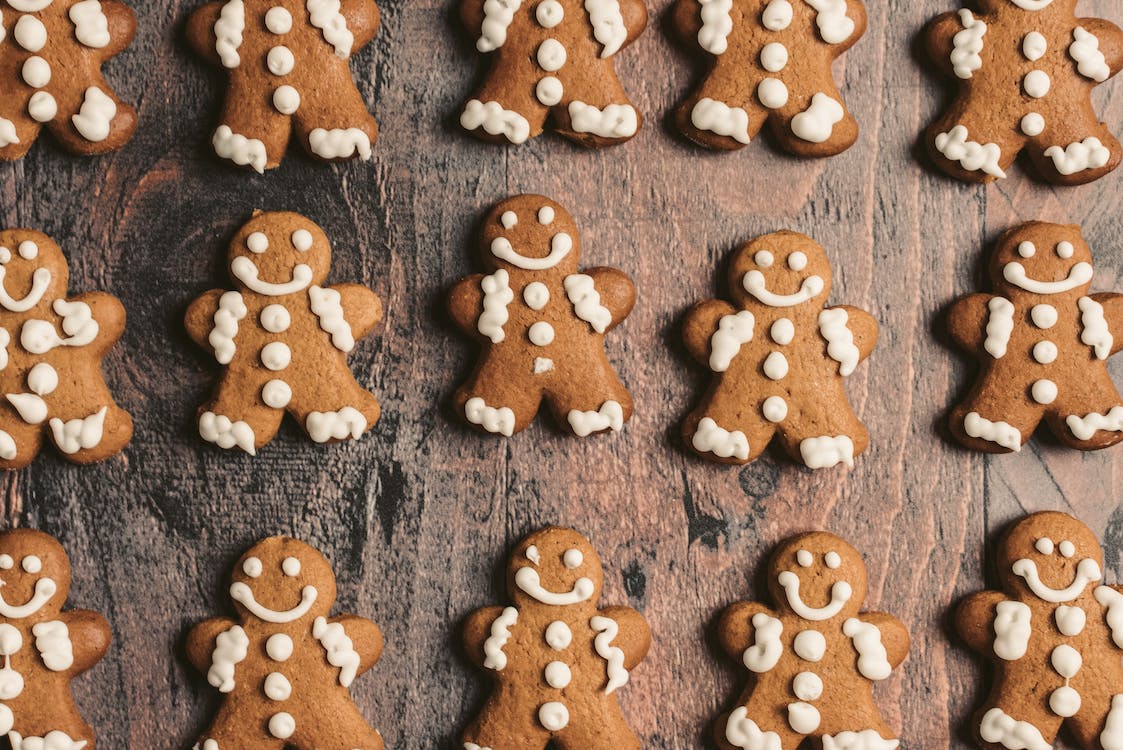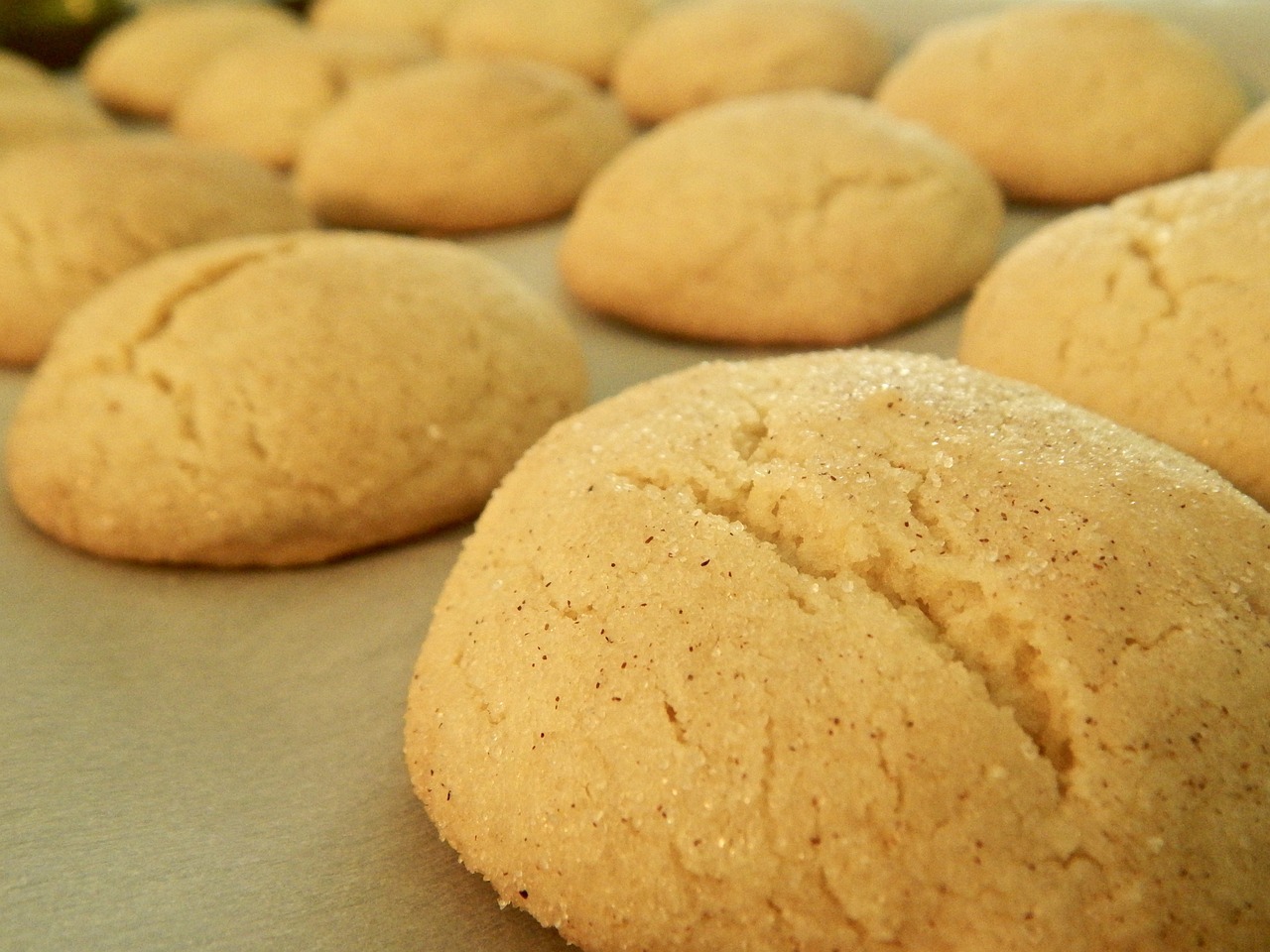Cookies are among the most popular and well-liked treats in the world. Considering the options available, why wouldn’t they be? There’s a cookie for any event and palate, from the classic chocolate chip to the more elaborate gingerbread cookie with cut-out designs.
Don’t worry! The varieties of cookies you can make and enjoy are practically limitless. If you’re craving something sweet, this ultimate cookie guide is here to help. This is a great option if you are using usa candy australia.
Basic Types of Cookies
The various types of cookies are classified according to their ingredients, preparation method, size, and so on. Although it’s not an exact science, most cookie varieties can be placed into one of these broad categories.
Bar Cookies
Generally speaking, bar cookies take the least time and effort to prepare. These dense cookies are typically served in square or rectangular shapes. They’re thick, dense, and simple to eat.
Press the dough and ingredients onto a pan or baking dish in layers to make bar cookies. Bake them in the pan and cut them into portions like peanut butter bars, lemon bars, or cookie pizzas.
Drop Cookies
Big batches of cookie dough, just waiting to be dumped onto a baking sheet, is what most people picture when they think of baking cookies. It’s exactly like this that drop cookies are prepared. Instead of being rolled, cut, or molded, the dough for these cookies is scooped out and placed on a baking sheet.
Dough for drop cookies is often soft and scoopable, and it can include a wide variety of add-ins (such as chocolate chips, candies, coconut, etc.). While most drop cookie recipes, such as those for oatmeal or chocolate chip cookies, tend to spread and flatten during baking, a few manage to keep their distinctive drop shape even after being baked. These cookies are often softer and chewier than others, though they can be made crispier if preferred.
Filled and Stuffed Cookies
Any cookie recipe with additional ingredients added to the dough is considered a “stuffed cookie.” Many techniques exist for this, including wrapping or folding the dough around an object, piping a filling into a pocket of dough, or pressing something (such as candy) into the center of the dough. Various fillings, such as chocolate, fruit, sweets, jelly, and so on, can be stuffed inside.
Molded Cookies
The dough used to make molded cookies is significantly more firm and can be molded like clay. Afterward, you can shape them in any way you like by hand, push them into cookie cutters, or pipe them using a piping bag.
Cookies shaped in molds are often rolled into balls or other basic shapes. Cookies with elaborate, delicate designs can be made with the help of cookie molds. You have a lot of leeway in design because of the large variety of molds available.
Most peanut butter cookie recipes call for rolling the dough until it forms a ball and pressing it in a crisscross pattern with a fork, making them one of the most popular molded cookies.
No Bake Cookies
Any cookie recipe that doesn’t call for baking is considered a “no bake” cookie recipe. These cookies are a great option if you don’t feel like turning on the oven on a hot day.
No-bake cookies are a hybrid of candies and cookies, and they typically take the form of either molded or bar cookies. Some no-bake cookies, like chocolate peanut butter, are formed into balls, while others, like granola bars, are compressed into a pan and divided into sections.
The cookies themselves don’t need to be cooked; the batter needs to be chilled (or frozen) to firm so they retain their shape when removed from the fridge or freezer.
Pressed Cookies
Due to the need for a specialized instrument, pressed cookies are among the less common cookies made at home. Similarly to how icing is used to decorate cakes, cookie dough can be pushed through a cookie press or pastry tube to create various shapes for pressed cookies. The dough is quite pliable and may be made into any desired form.
Refrigerator Cookies
Refrigerator cookies, or icebox cookies, are produced by chilling a log of dough in the fridge before slicing it into discs. They are also commonly referred to as slice cookies or slice-and-bake cookies. Make-ahead cookies and speedy baking are both possible with this style of cookie recipe.
The dough is rolled into a log or cylinder and then chilled (or frozen). Then you may slice as many cookies as you like and store the rest in the fridge. When compared to drop cookies, the result is a more uniform circle shape, but the cookie is softer and chewier when compared to a rolled dough.
Rolled Cookies
Cookies of this type go by a few different names, but they’re all essentially the same: rolled cookies, cut-out cookies, etc. Since the dough for rolled and cut cookies typically needs to be cooled before it can be worked with, they need more time and effort to prepare than drop or bar cookies.
One uses a rolling pin to thin out dense dough. The dough can be cut with a knife, cookie cutters, or a pastry wheel once it has been rolled out. The dough is significantly more firm, and the resulting cookies are much denser and crumblier than drop cookies.
Sandwich Cookies
Sandwich cookies, as the name implies, are made by baking two cookies together and filling them with another ingredient. Depending on the filling of your choice, you may use any basic cookie recipe to make these cookies. The filling is added after baking, setting it off visibly from the cookie, distinguishing these from filled cookies.
Once baked, you may use whatever kind of cookie you like to make them. However, they pair particularly well with drop cookies or any other soft and chewy treat.
More Specific Types of Cookies
Here are some more specific examples of the various cookie types that exist.
Butter Cookies
Denmark is the birthplace of butter cookies. These unleavened cookies, also known as Sablés or Danish biscuits, are crunchy and buttery. It’s easy to add extra taste with ingredients like citrus zest, chopped nuts, or even a partial soak in melted chocolate, and the cookies may be formed into different shapes and designs.
Chocolate Chip Cookies
Among the most well-liked kinds of cookies is the chocolate chip variety. Originally included in Bless Ruth Wakefield’s 1938 cookbook, Tried and True, this drop cookie has become so popular that practically everyone has their take on the recipe.
In modern times, chocolate chip cookie recipes usually require the following ingredients: flour, white sugar, brown sugar, eggs, butter, chocolate chips, and vanilla extract. While caramel-filled, espresso-infused, and skillet-sized varieties are becoming increasingly popular, the standard still reigns supreme.
Crinkle Cookies
American crinkle cookies have been a staple in bakeries since the early 20th century. Crinkle cookies are most commonly associated with a chocolate flavor, but variations exist in virtually every other type of sweet. One thing is constant: rolling the dough balls in confectioners’ sugar right before baking causes them to spread and “crinkle,” exposing the chewy cookie behind the powdery shell.
Gingerbread Cookies
Gingerbread is a term used to describe a group of baked treats typically flavored with honey and spicy ingredients, including ginger, cloves, cinnamon, and nutmeg. Gingerbread cookies are a holiday staple, often decorated in fun seasonal designs. Making a lattice weave from the dough and using cutters to form shapes is a great alternative to the time-consuming process of icing and decorating.
Macarons
French macarons originated in Paris and are formed of icing sugar, egg whites, granulated sugar, almond paste, food coloring, and two meringue discs. This light French cookie resembles a cake on the inside but has the texture of a chewy pastry on the outside. And that texture isn’t easy to achieve.
Meringue
Meringue cookies, dry and crisp pressed cookies prepared with beaten egg whites and sugar, may be traced back to the Swiss town of Meiringen. These bite-sized treats won’t bog you down because they’re light and airy.
The dough is formed into Hershey’s Kiss-like shapes using a piping bag, then baked at a low temperature. The secret to not having them crack when you take them out of the oven is to give them time to cool down.
Peanut Butter Cookies
Cookies prepared with peanut butter are typically shaped and baked. Its origins can be traced back to the beginning of the 20th century and the United States. Until the 1930s, peanut butter wasn’t even utilized as an ingredient; instead, they were made with crushed or chopped peanuts.
Snickerdoodles
Flour, sugar, butter (or oil), and salt are the main ingredients in a classic cookie recipe for snickerdoodles. Snickerdoodles are distinctive for their cinnamony exterior, but true believers know that adding cream of tartar gives them their signature acidic flavor.
Sugar Cookies
You could use store-bought chilled dough, but making sugar cookies from home is simple. The ingredients list for these buttery sugar cookies includes butter, vanilla extract, sugar, eggs, flour, baking soda, and baking powder. This cookie variety can be shaped in various ways, including molding, dropping, rolling, and cutting.
In conclusion, considering all the wonderful cookies out there, the content of this guide is a little appetizer. Everyone loves cookies, and with so many varieties now on the market and more on the way, it will be impossible to stop at just one.

